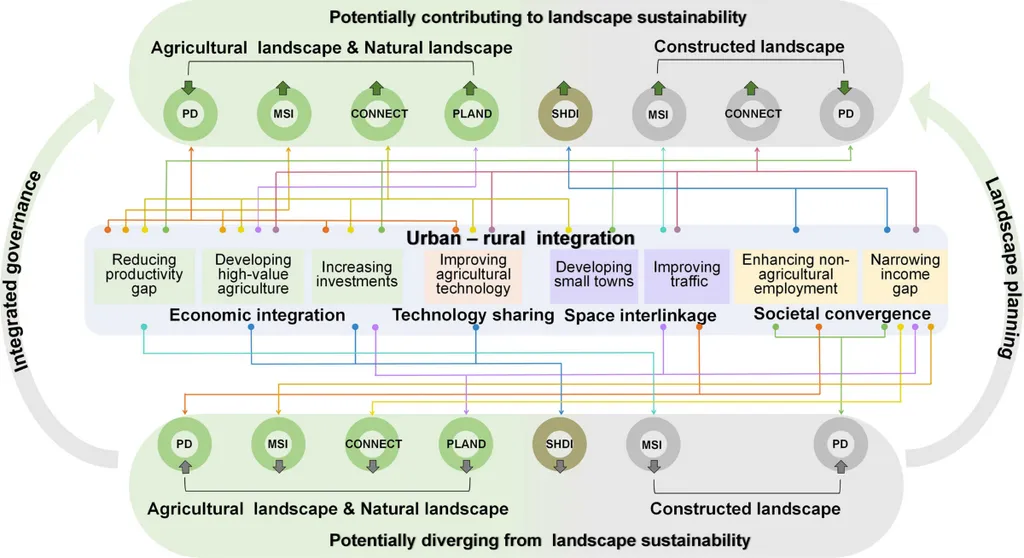In the wake of the devastating 2013 Lushan earthquake, China embarked on an ambitious mission to resettle displaced populations, aiming to enhance their safety and rebuild their lives. However, as often happens in such large-scale endeavors, the social fabric of these communities faced significant disruption. A recent study published in the *Journal of Asian Architecture and Building Engineering* (which translates to *Journal of Asian Architecture and Building Engineering*) sheds light on the complex dynamics of post-disaster resettlement and its impact on social integration. Led by Wen Hu of Changsha University of Science and Technology, the research offers valuable insights into how different resettlement strategies can either foster or hinder community cohesion and resilience.
The study categorizes rural resettlement into four distinct types: centralized, infill, adjacent, and enclave. Each type presents unique spatial and demographic patterns, influencing how well the relocated groups integrate with the original inhabitants. Using a dual metric system of social-spatial isolation indices, the researchers found that centralized resettlement achieves the best social integration, while infill resettlement excels in spatial integration. Enclave resettlement, however, shows the highest levels of both social and spatial isolation, highlighting the challenges faced by communities that are physically and socially disconnected from their surroundings.
“The individual and environmental determinants analyses underscore the critical role of public spaces and community engagement in fostering disaster resilience,” explains Wen Hu. “Our findings suggest that tailored strategies for each resettlement type can significantly enhance social integration and overall well-being in rural communities.”
The implications of this research extend beyond the immediate context of post-disaster recovery. For the construction industry, understanding these dynamics can inform the design and implementation of future resettlement projects, ensuring that they not only meet safety standards but also promote social cohesion and community resilience. This is particularly relevant for the energy sector, where large-scale infrastructure projects often necessitate the relocation of communities. By adopting strategies that prioritize social integration, energy companies can mitigate potential conflicts and foster a more supportive environment for their operations.
Moreover, the study’s emphasis on public spaces and community engagement points to the need for holistic planning that goes beyond physical infrastructure. “Building resilient communities requires a multifaceted approach that considers both the spatial and social dimensions of resettlement,” notes Hu. “This means creating spaces that encourage interaction and fostering opportunities for community members to engage with one another.”
As the construction industry continues to evolve, the lessons from this research can guide the development of more inclusive and resilient communities. By leveraging the insights from Hu’s study, stakeholders can work towards creating environments that not only withstand natural disasters but also thrive in their aftermath. The journey towards sustainable and socially integrated resettlement is complex, but with the right strategies and a commitment to community well-being, it is an achievable goal.

